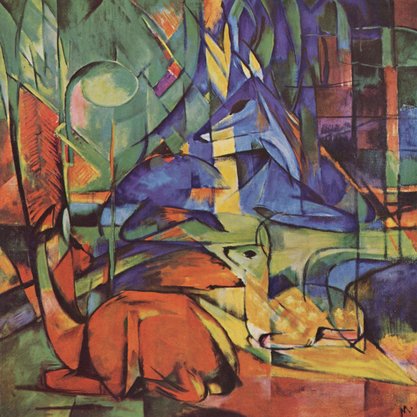Article
Münter, Gabriele (1877–1962) By Obler, Bibiana
Article
Gabriele Münter was a key figure in German Expressionism. Born in Berlin, she moved to Munich in 1901 where she became an active participant in the Neue Künstlervereinigung München (NKVM) [Munich New Artists’ Association], founded in 1909, and then the Blaue Reiter in 1911. Known primarily for her painting, she was also a prolific graphic artist and photographer. Like many women of her generation, she received her art education through a combination of private lessons, women’s art schools, and new co-educational institutions—more specifically, the Phalanx School, where she studied with Wassily Kandinsky. The latter encounter proved momentous for both Münter and Kandinsky: by 1903, they were engaged (at first secretly) and remained in a relationship until 1916. During these years, both artists developed their mature styles. Expressionism in southern Germany, unlike Die Brücke in the north, fostered a collegial environment comprising both women and men. Münter’s painting changed dramatically in 1908 during a vacation the couple took in Murnau with Marianne von Werefkin and Alexej Jawlensky. Münter attributed her shift towards Fauvism to Jawlensky’s interest in Matisse and the Nabis, as well as to the Bavarian landscape and the inspiration of Hinterglasmalerei [reverse-glass painting].



![Die Brücke [The Bridge]](/propagator/data/img-dc/original/image/architecture-hero/City_of_the_Captive_Globe_Fig_x_%5BREMOMA1_converted.jpg)
